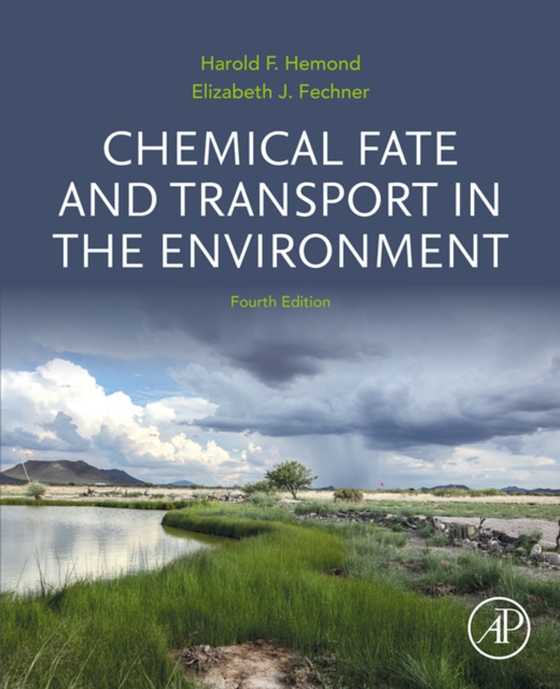
Chemical Fate and Transport in the Environment e-bog
774,44 DKK
(ekskl. moms 619,55 DKK)
Chemical Fate and Transport in the Environment, Fourth Edition explains the fundamental principles of mass transport, chemical partitioning, and chemical/biological transformations of pollutants and naturally occurring chemicals in surface waters, in the subsurface (which includes soil and groundwater), and in the atmosphere. Each of these three major environmental media is introduced by a desc...
E-bog
774,44 DKK
Forlag
Academic Press
Udgivet
3 august 2022
Længde
520 sider
Genrer
PNC
Sprog
English
Format
pdf
Beskyttelse
LCP
ISBN
9780128222539
Chemical Fate and Transport in the Environment, Fourth Edition explains the fundamental principles of mass transport, chemical partitioning, and chemical/biological transformations of pollutants and naturally occurring chemicals in surface waters, in the subsurface (which includes soil and groundwater), and in the atmosphere. Each of these three major environmental media is introduced by a descriptive overview, followed by presentations of the governing physical, chemical, and biological processes. The text emphasizes intuitively based mathematical models for chemical equilibria, transformations, and transport in the environment. This book serves as a primary text for graduate and senior undergraduate courses in environmental science and engineering, provides relevant scientific knowledge for students of public health and environmental policy, and is a useful reference for environmental practitioners. This fourth edition builds on the third edition, which won a 2015 Textbook Excellence Award (Texty) from The Text and Academic Authors Association. This updated textbook expands the discussion of global climate change, presents concepts of stationarity and sustainability, provides additional coverage of wastewater treatment and air pollution abatement technologies, and includes information on additional anthropogenic pollutants such as plastics, PFAS, and nanoparticles. Tables, figures, and references are updated, and worked examples and practice exercises are included for each chapter. Illustrates the interconnections, similarities, and contrasts among three major environmental media: surface waters, the subsurface (which includes soil and groundwater), and the atmosphere Discusses and builds upon fundamental concepts, teaching students to realistically address environmental problems and preparing students for more advanced studies Each chapter includes many worked examples and extensive practice exercises; a solutions manual is available for instructors
 Dansk
Dansk

